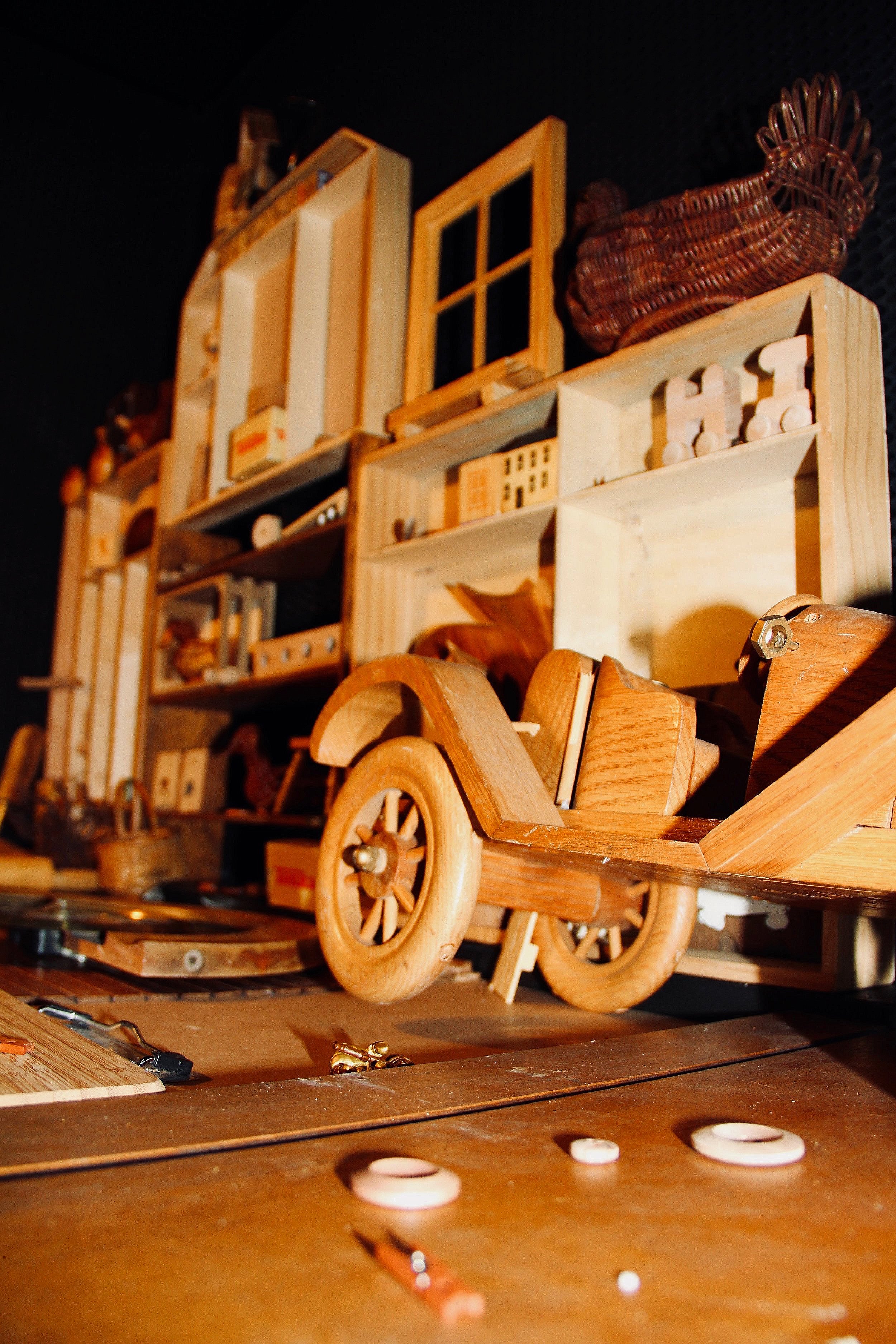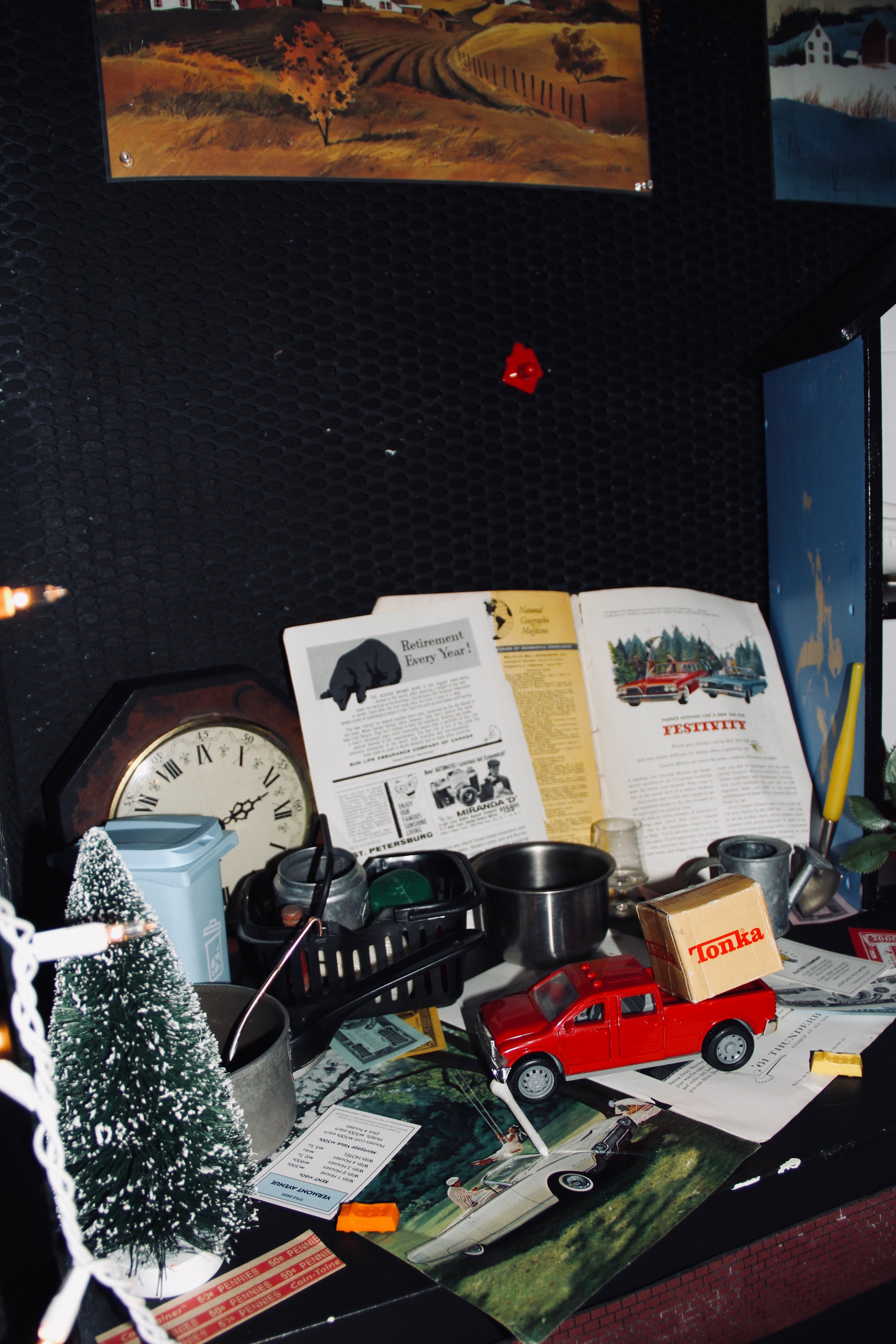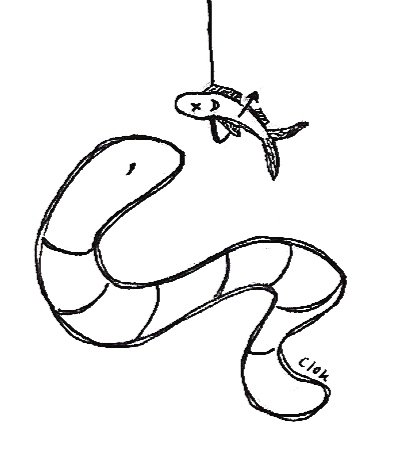The last riddle of the exhibit reads:
“ISPY a person who’s going to die”
which is, of course, the patron themself.
By walking through the installation, you have become a part of it.




























ISPY: entrances and exits
Inspired by Jaques’ famed speech in William Shakespeare’s As You Like It, this exhibit is a reflection of passing time.
Patrons are invited to amble through the various stages of life, each phase soundtracked. A clock or watch can also be found in each scene, a measurement of time passing.
All the world’s a stage.
And all the men and women merely players;
They have their exits and their entrances;
And one man in his time plays many parts,
His acts being seven ages. At first the infant,
Mewling and puking in the nurse’s arms;
And then the whining school-boy, with his satchel
And shining morning face, creeping like snail
Unwillingly to school.
And then the lover,
Sighing like furnace, with a woeful ballad
Made to his mistress’ eyebrow. Then a soldier,
Full of strange oaths, and bearded like the pard,
Jealous in honour, sudden and quick in quarrel,
Seeking the bubble reputation
Even in the cannon’s mouth. And then the justice,
In fair round belly with good capon lin’d,
With eyes severe and beard of formal cut,
Full of wise saws and modern instances;
And so he plays his part. The sixth age shifts
Into the lean and slipper’d pantaloon,
With spectacles on nose and pouch on side;
His youthful hose, well sav’d, a world too wide
For his shrunk shank; and his big manly voice,
Turning again toward childish treble, pipes
And whistles in his sound. Last scene of all,
That ends this strange eventful history,
Is second childishness and mere oblivion;
Sans teeth, sans eyes, sans taste, sans everything.
First, the infant. A baby’s room: crib, mobile, bottles of formula. The rotating game piece from the board “Game of Life” can also be found, a symbol for the installation. While you are there to play a game, every element and object has been pulled from a real life. These are not only images that we recognize, they each have had a previous owner. This table is accompanied by “Bundle of Joy”, by Michael Giacchino, the opening song from Pixar’s Inside Out.
Between the realms of “infant” and “school-boy”, the next two tables represent preschool and kindergarten. The rainbow table features all things bright and colorful: foam block towers, plastic telephones, a bead maze. Rainbow Table soundtrack: Sesame Street’s theme song by The Kids.
The wooden table represents a hard line being drawn. No more foam, if you get a splinter you get a splinter. Items such as a small wooden desk, Tinker Toys, and wooden instruments suggest a real classroom: a step up from day care. Wooden Table soundtrack: “Jungle Gym” by Jack Johnson.
Here we finally meet the whining school-boy on an elementary playground: toys, swings, books and notes. Table four slowly transitions toward high school where our child has slowly become a lover. Recess Table soundtrack: “I Can Tell That We Are Gonna Be Friends” by The White Stripes.
The Lover blooms entirely from high school to college in table five where we witness a frat party complete with booze, billiards, and unflattering lighting. Frat Table soundtrack: “Mr. Brightside” by The Killers.
Our Soldier then appears on table six, a romantic proposal picnic. Two young adults, sudden and quick in quarrel, agreeing to partake in a strange oath. A wedding bouquet, church and ring can also be spotted. Commitment Table soundtrack: “Can’t Help Falling in Love” by Elvis Presley.
The Justice heads to his respective courtroom (office) through an exhausting commute, leading to his honorable place of business. This phase of life prioritizes schedules, scales, and monitors. Measurement Table Soundtrack: Life is a Highway by Rascal Flatts.
The Pantaloon can be found at home on table eight. Four seasons plastered around the house, many years are passing. Monopoly bills and deeds are also scattered about, as “Pantalone” is the tight fisted miser of Commedia Dell’Arte’s social order. Settlement Table Soundtrack: “Home Alone Theme” by John Williams.
Finally, Second Childishness. Scattered rotten rose petals, bedpans under beach chairs, and keys and locks that don’t quit match. A flickering candle leads patrons towards a garland of skulls, tombstone and shattered mirror. This final table is accompanied by a reading of the poem “When Tomorrow Starts Without Me” by David M. Romano.
The last item of the riddle list is “a person who’s going to die” which is of course the spier themself. By walking through the installation, you have become a part of it.

